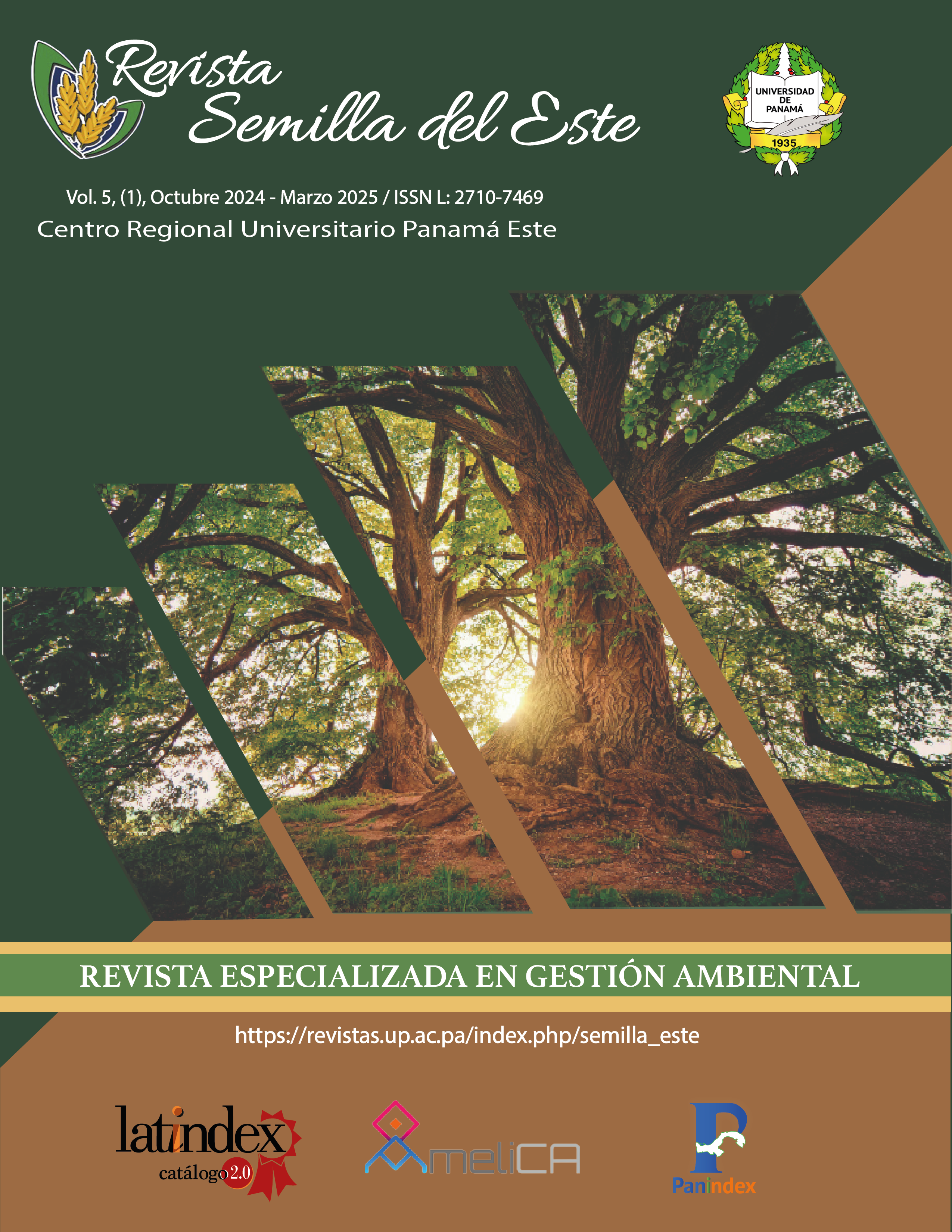


This work is licensed under a Creative Commons Attribution-NonCommercial-ShareAlike 4.0 International License.
Among the advantages offered by the biodiversity that characterizes the Colombian territory is the improvement in the development of aquaculture with undemanding fish species native to each territory, for Arauca the white cachama, which is why the present study in the framework of the SENAPEZ project of SENOVA evaluated the physicochemical parameters of the water of the land-based fish ponds of this species, at Finca El Cielo, Vereda La Panchera in the Municipality of Arauca. Three ponds were selected and adapted, in which 4,000 AUNAP- certified fingerlings were stocked and monitored to guarantee optimal development. The Hanna© multiparameter model HI98194 was used for real-time measurement of different analytes. Two mortality events were recorded; one related to predation by birds and insects and the second related to water quality, finding that, during the month of July, prior to the mortality event, the physicochemical parameters presented variations towards maximum and minimum extreme data. Likewise, it will be determined that the fish in fattening tank #1 had an increase in biomass compared to the other tanks. It is concluded that the fish population density and the increase in biomass are determined by optimal water conditions and adequate spaces. It is highlighted that monitoring physicochemical parameters is a fundamental tool for control and decision making that strengthens the adequate development of fish production in ponds.